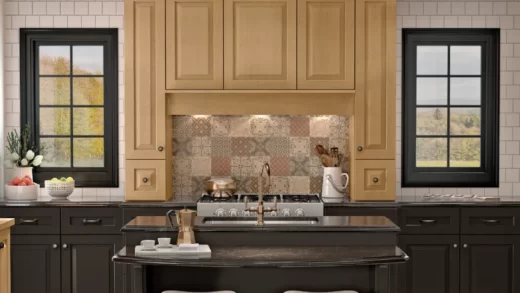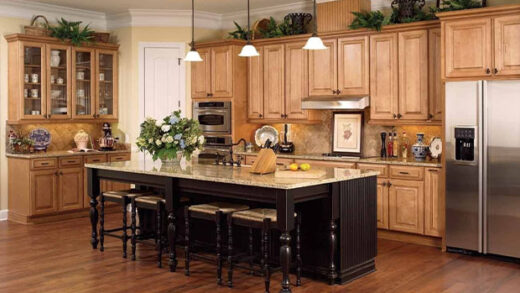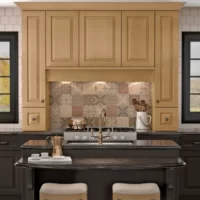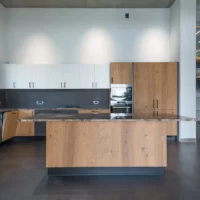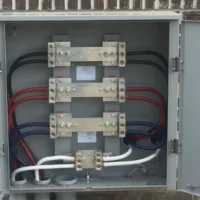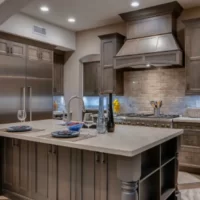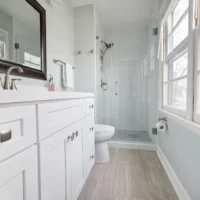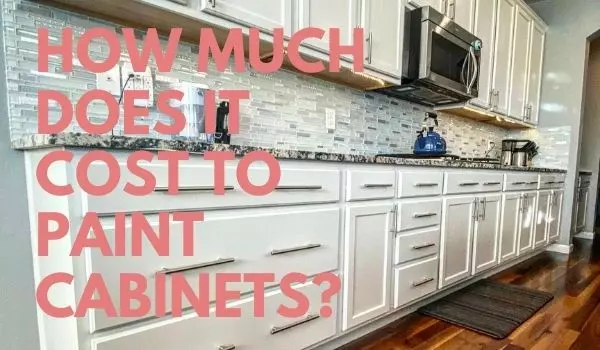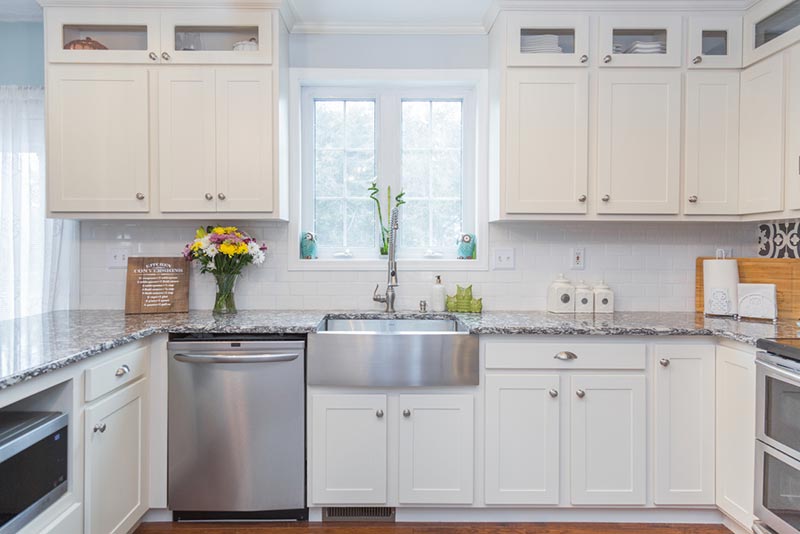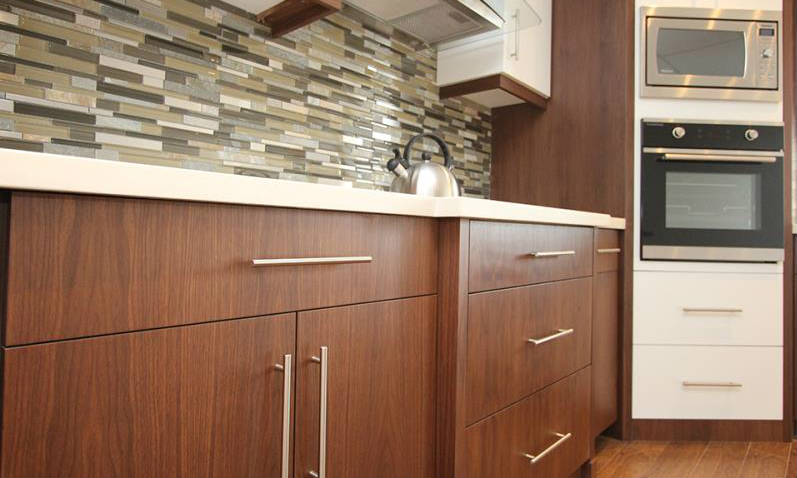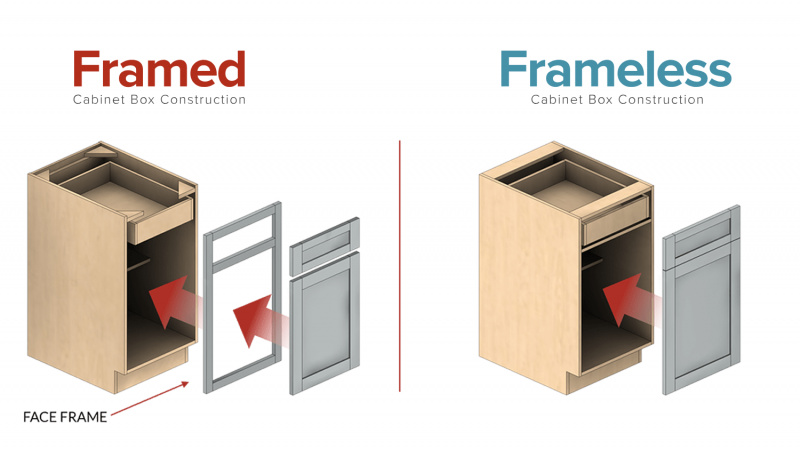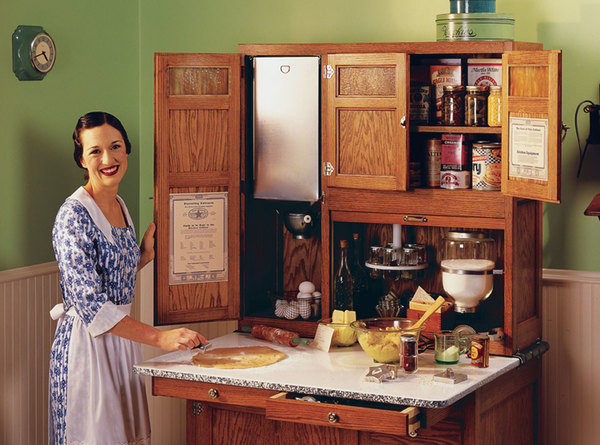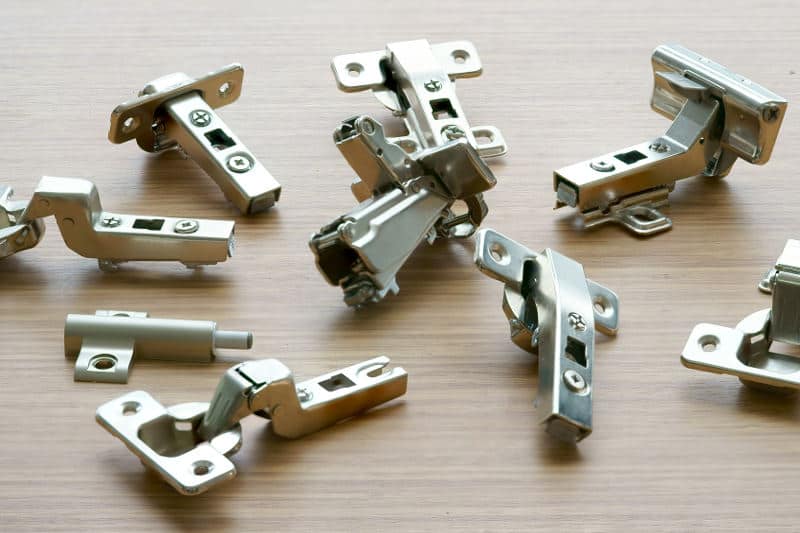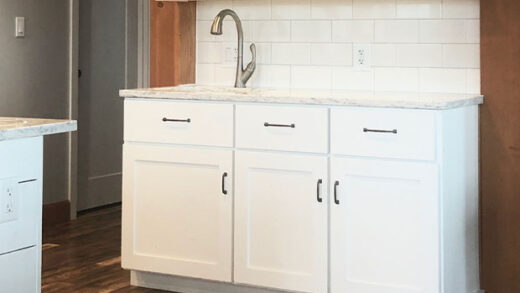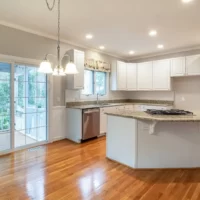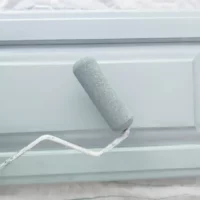You probably know how difficult it is to clean kitchen cabinets that have been finished with paint, lacquer, or another similar finish if you have kids, pets, or are just a messy cook.
Kitchen utensils like drips of coffee, grease clouds from your stovetop, grimy fingers prying open cabinet doors, and more can cause kitchen cabinets to become quite dirty over time. Thank goodness, they don’t get as dirty as, say, your countertops.
Your cabinet faces should be cleaned about every other week. But how can you clean painted cabinets?
Table of Contents
Don’t Be Too Harsh
No matter the type of paint on your cabinets—lacquer, semi-gloss, or anything else—avoid using abrasive cleaners or cleaning equipment. It is possible to dull or damage the paint by using abrasive cleaners or rough tools. Avoid using highly acidic or alkaline detergents.
It’s best to start with the mildest cleaning technique and work your way up. The simplest, gentlest approach will work in some situations (especially if you regularly clean your cabinets), while slightly more aggressive approaches are needed in others.
Method for Cleaning Painted Cabinets
Simply wiping down your cabinets with a damp, soft cloth is the gentlest and simplest method. Thank you if this cleans the dust and splatter from your cabinets. You’re done! Go take a relaxing bubble bath with your extra time.
The Detergent Method
If the dirt and grease persist, combine a little warm water and detergent. Simply add enough detergent to a bucket of running water to create suds; the measurements don’t need to be precise.
Wring out the suds after dipping a microfiber cloth in them. Rub the damp cloth on your painted cabinets in a circular motion, repeating until the grime is gone.
Grab a second microfiber cloth and wet it with non-soapy water. In a circular motion, wipe the cabinet down, making sure to get rid of all soap scum.
Dry the painted cabinet once more in a circular motion using a third (dry) microfiber cloth.
Done! Go have a relaxing bubble bath to unwind from all the effort.
Warm Water & Dish Soap
This technique works wonders for getting rid of small amounts of grease, clingy fingerprints, food splashes, spills, and various other kinds of grease and dirt found in a typical kitchen.
- Dish soap and warm water should be combined in a mixing bowl until they form a nice, bubbly consistency.
- Make a cloth (or sponge) evenly damp by soaking it in the solution.
- With your damp cloth, clean the cabinets, paying close attention to any crevices, nooks, or areas where you notice grease or food spills. For the cabinet’s larger components, move in a circular motion.
- Use a soft cloth to dry the surface or let it air dry.
Warm Water & White Vinegar
Similar to baking soda, vinegar is one of those common kitchen items that doubles as one of the best cleaning agents available. With the acidity making it the perfect cleaner for icky grease and grime spots, give this cleaning method a try.
- A solution of 5 parts water to 1 part distilled white vinegar should be prepared and applied using a spray bottle. In most cases, this is sufficient, but if you have stubborn stains, you can try a 2:1 ratio.
- Spray liberally on your surfaces, then gently wipe them down with a damp sponge while ensuring that you wipe in a circular motion. Grease and stains ought to be easily removed by the sponge.
- A soft cloth can help the cabinets dry more quickly, or you can let them air dry.
Attacking Any Remaining Grease Spots (Gently)
After thorough (and gentle) cleaning, if there are any remaining yellow grease stains, use this technique to spot-clean them.
You’ll need:
- 1 cup vinegar
- 2 cups warm water
- 1 tablespoon of baking soda
Combine them all, then use a soft cloth to spot-clean those difficult-to-reach places after dipping it into the solution. After finishing, use a dry cloth to wipe the areas clean.
Another option is to make a spray bottle with equal parts warm water and vinegar. Spray the grease stains, let them sit for five minutes, and then wipe them away.
You May Also Like: How Many Coats Of Primer On Cabinets?
How Are Sticky-Painted Cabinets Cleaned?
Okay, so if you have really tough grease stains and grime that you need to get rid of without harming the cabinets, we’ll need to get a little more technical. Conventional kitchen cleaners could damage your surfaces, but using this method to clean your sticky kitchen cabinets could do the trick to get rid of grease without causing damage!
Water, Rubbing Alcohol, and Dish Soap
- After adding a few drops of Dawn dish soap, 1/8th of rubbing alcohol, and water to a spray bottle. Consider using a few drops of essential oil as well if you want to leave a pleasant scent behind after you’re finished.
- Spray the cleaners into your cabinets gently, and then wipe the cabinet fronts clean with a soft microfiber cloth. It’s crucial to use a microfiber cloth because regular clothes might be too scratchy and take color away.
- To clean confined spaces and tiny crevices in the cabinets, use a sizable Q-Tip. Use the Q-Tip to carefully wipe the area around the stains after spraying the cleaners on it.
- Use a dry cloth to clean the cabinets or let them air-dry.
What If I Find Paint Missing From My Painted Cabinet?
It’s crucial to first thoroughly wash the spot (or spots) using one of the aforementioned cleaning techniques if your cabinet has pigment missing in some areas. We advise dabbing touch-up paint over the spot with a large Q-Tip after it has been cleaned and dried.

